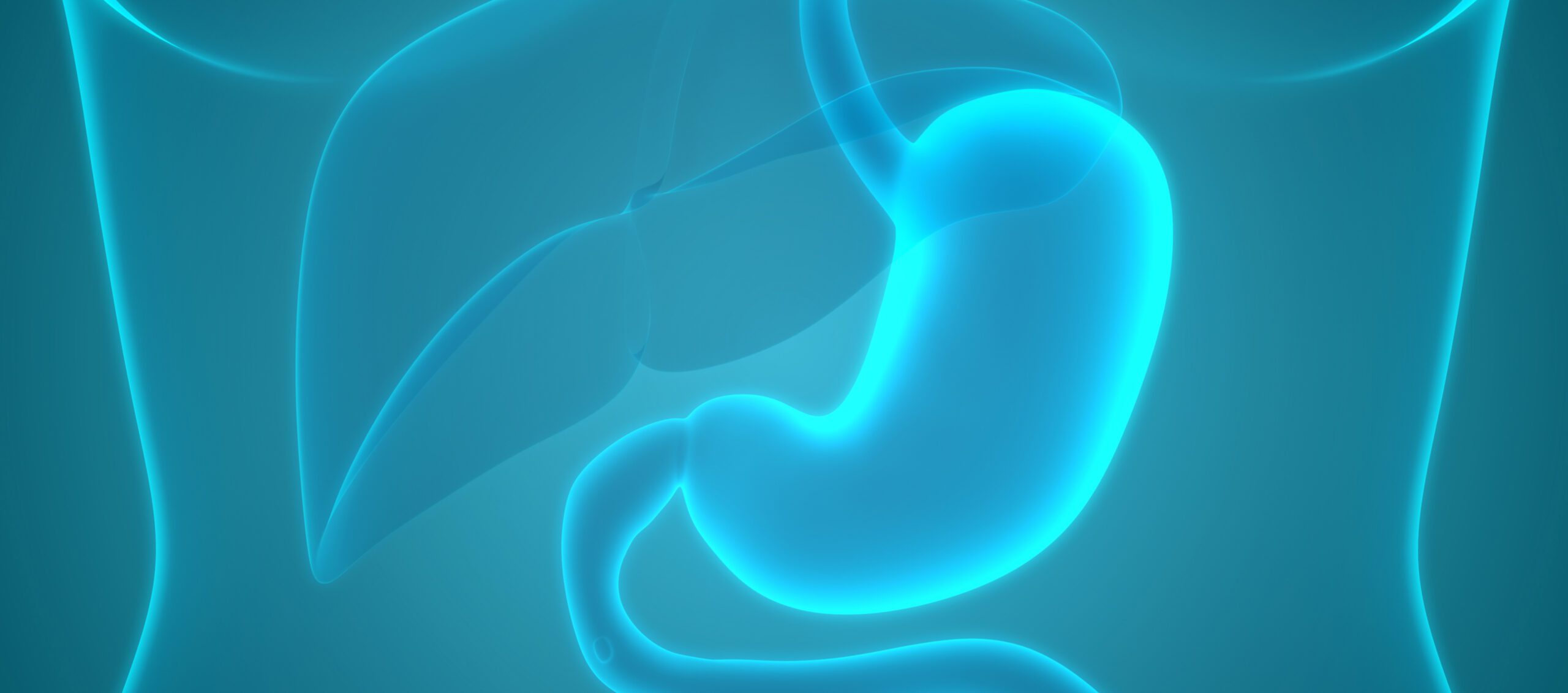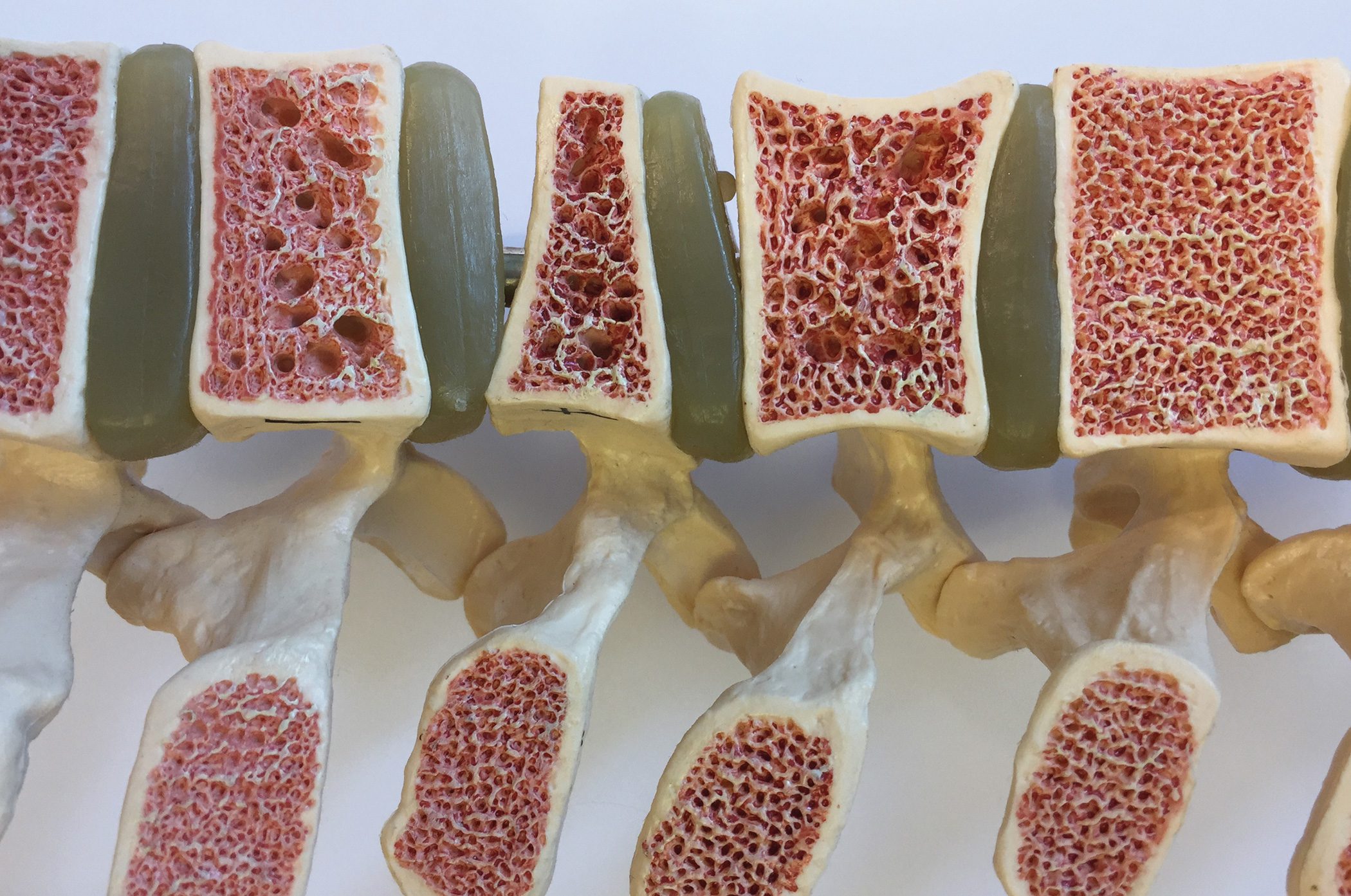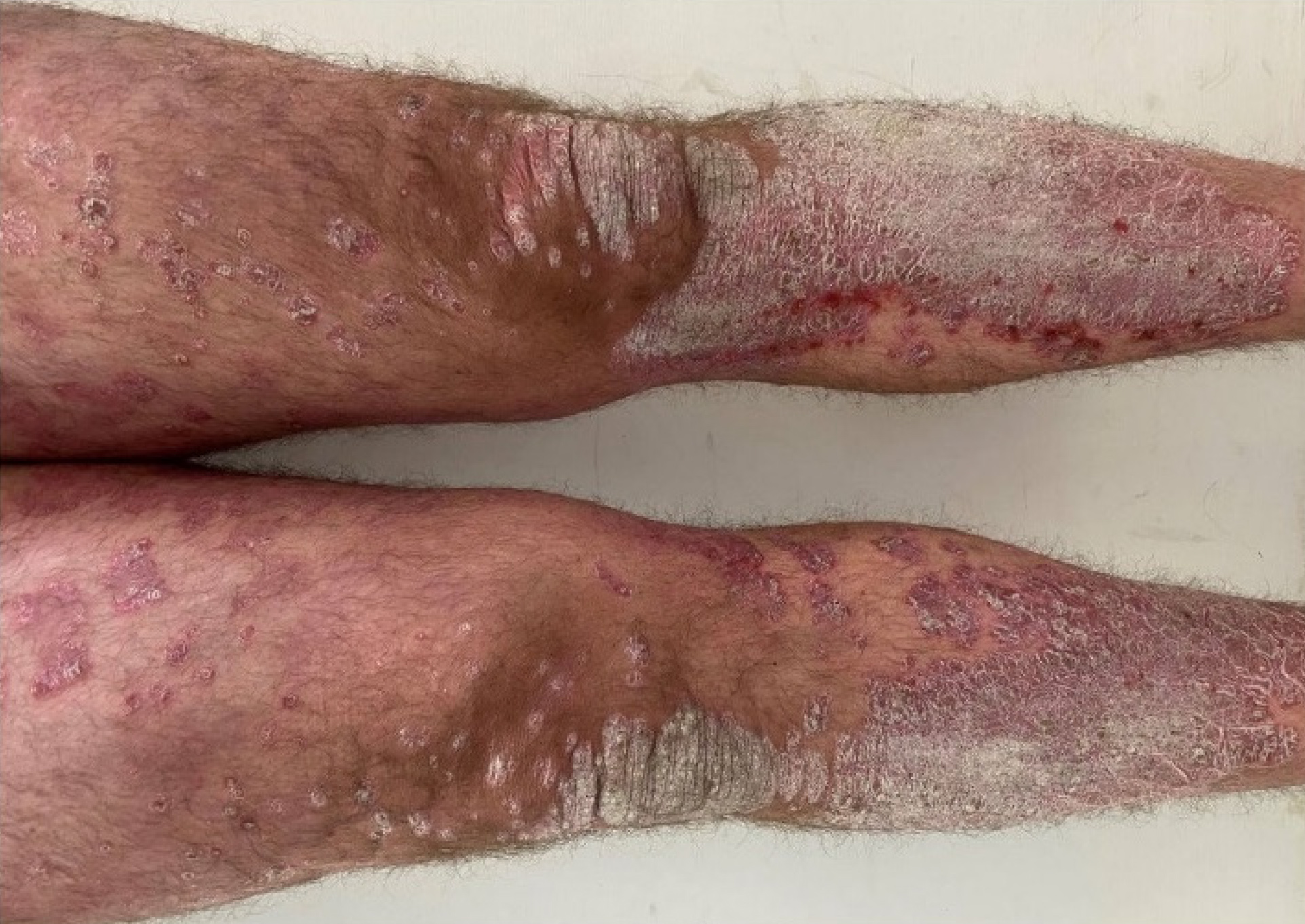Clinically, acute coronary syndrome (ACS) is typically manifested by pectanginal chest pain, occasionally associated with vegetative symptoms. While STEMI requires rapid invasive coronary diagnosis and reperfusion, in NSTEMI the approach depends on the patient’s risk constellation. In addition to acute therapy, the updated ACS guidelines of the European Society of Cardiology also address medium- and long-term management.
Acute coronary syndrome (ACS) results from acute obstruction of a coronary artery. The consequences depend on the degree of constriction and location and range from unstable angina to acute myocardial infarction or sudden cardiac death. ACS is usually caused by coronary artery disease. There have been some adjustments in the 2023 updated ACS guidelines published by the European Society of Cardiology (ESC). “What is new is that, for the first time, NSTEMI and STEMI are combined in the same guideline,” said Prof. Barbara Stähli, M.D., chief medical officer at the Department of Cardiology, University Hospital Zurich [1,2].
Acute myocardial infarctions include both ST elevation myocardial infarctions (STEMI) and non-ST elevation myocardial infarctions (NSTEMI) and are classified into different types. Whereas type 1 infarcts typically result from plaque rupture and atherothrombotic processes in atherosclerotically altered coronary vessels, type 2 infarcts develop on the basis of a mismatch between oxygen supply and demand in the myocardium, for example, due to fixed constriction or vasoconstriction.
If ACS is suspected, a 12-lead ECG is usually performed and cardiac troponin is determined. These parameters are important for triage and diagnosis. Troponin is a quantitative marker for the presence of acute and/or chronic myocardial injury, and ECG findings allow classification into NSTEMI vs. STEMI, which is the basis for triage of patients. Unlike STEMI, which is an indication for immediate invasive coronary diagnosis with revascularization, data in other clinical situations have long been unclear.
Findings from the COACT and TOMAHAWK studies.
In resuscitated patients afterout-of-hospital cardiacarrest without ST-segment elevation, a rapid cardiac catheterization examination immediately after arrival at the hospital does not seem to be necessarily useful. The COACT(Coronary Angiography After Cardiac Arrest) study has already provided evidence to this effect, and this has been confirmed in the TOMAHAWK(Immediate Unselected Coronary Angiography Versus Delayed Triage in Survivors of Out-of-hospital Cardiac Arrest Without ST-segment Elevation) study [3,10].
The study, conducted in Germany and Denmark, evaluated data from a total of 530 patients, 265 of whom underwent immediate coronary angiography without first undergoing further diagnostic measures [3]. The other 265 affected individuals underwent coronary angiography later or selectively. Survival rates between the two groups were similar.
At 54.0% (immediate angiography) versus 46.0% (delayed angiography), the rates for mortality at 30 days were not significantly different (hazard ratio [HR]: 1.28; 95% confidence interval [KI]: 1.00-1.63; p=0.06). From this, it can be deduced that it need not be a top priority to always perform angiography directly. There is also evidence that neurological outcomes can be negatively affected after immediate cardiac angiography in the cardiac catheterization laboratory, Prof. Stähli reported. The rate for the combined end point of death or severe neurological impairment was higher in the TOMAHAWK trial than in the control group, 64.3% versus 55.6% in the group with rapidly initiated angiography (Relative risk: 1.16; 95% CI: 1.00-1.34) [3].
Complete myocardial revascularization?
How to proceed in ACS patients who have other narrowings in noninfarct vessels is another question discussed in the updated guideline. About half of STEMI and NSTEMI patients have multivessel disease, which is associated with worse clinical outcomes, the speaker explained [1,2,4]. In the COMPLETE** trial, preventive complete coronary repair in STEMI patients significantly reduced the rate of reinfarction (7.8% versus 10.5%) or cardiovascular death (8.9% versus 16.7%) compared with the group in which only the stenosis was treated during percutaneous coronary intervention (PCI); there was neither an increase in bleeding nor increased contrast-induced renal damage [5]. In NSTEMI, there are currently limited data on the benefit of complete revascularization.
** Complete versus Culprit-Only Revascularization Strategies to Treat Multivessel Disease after Early PCI for STEMI [5].
Dual antiplatelet therapy.
With regard to platelet inhibition, nothing has changed significantly in the new guideline, according to Prof. Stähli [1]. While continuation of anticoagulation after percutaneous coronary intervention is not required in most patients, dual antiplatelet therapy (DAPT) is recommended for at least 12 months in all ACS patients regardless of treatment strategy (conservative or invasive) or type of stent implanted [2,6,7] (Fig. 1). In individual cases, DAPT may be shortened over less than 12 months or de-escalation may be considered. DAPT with aspirin plus prasugrel or ticagrelor is considered a standard antiplatelet strategy. Clopidogrel may be used when prasugrel or ticagrelor are contraindicated or unavailable or in patients at high bleeding risk ( HBR$). In addition, clopidogrel may be considered in elderly patients (≥70 years) [2,8,9]. If the risk of bleeding is low and DAPT is well tolerated, it can be continued at 12 months after the intervention.
$ For example, ≥1 major criterion or ≥2 minor criteria are classified as high bleeding risk (HBR) according to the Academic Research Consortium for High Bleeding Risk (ARC-HBR) [2].
Congress: ZAIM Medidays
Literature:
- “Acute coronary syndrome: diagnosis and treatment,” Prof. Barbara Stähli, MD, ZAIM Medidays, Sept. 01, 2023.
- Byrne RA, et al; ESC Scientific Document Group. 2023 ESC Guidelines for the management of acute coronary syndromes. Eur Heart J 2023 Aug 25: ehad191. doi: 10.1093/eurheartj/ehad191. Epub ahead of print.
- Desch S, et al: TOMAHAWK Investigators. Angiography after out-of-hospital cardiac arrest without ST-segment elevation. N Engl J Med 2021; 385(27): 2544-2553.
- Saito Y, Kobayashi Y: Complete revascularization in acute myocardial infarction: a clinical review. Cardiovasc Interv Ther. 2023; 38(2): 177-186.
- Oqab Z, et al: Complete Revascularization Versus Culprit-Lesion-Only PCI in STEMI Patients With Diabetes and Multivessel Coronary Artery Disease: Results From the COMPLETE Trial. Circ Cardiovasc Interv 2023 Sep; 16(9): e012867.
- James S, et al: Ticagrelor versus clopidogrel in acute coronary syndromes in relation to renal function: results from the Platelet Inhibition and Patient Outcomes (PLATO) trial. Circulation. 2010; 122(11): 1056-1067.
- Pride YB, et al: TIMI Study Group. Angiographic and clinical outcomes among patients with acute coronary syndromes presenting with isolated anterior ST-segment depression: a TRITON-TIMI 38 (Trial to Assess Improvement in Therapeutic Outcomes by Optimizing Platelet Inhibition With Prasugrel-Thrombolysis In Myocardial Infarction 38) substudy. JACC Cardiovasc Interv 2010; 3(8): 806-811.
- Gimbel M, et al: Clopidogrel versus ticagrelor or prasugrel in patients aged 70 years or older with non-ST-elevation acute coronary syndrome (POPular AGE): the randomised, open-label, non-inferiority trial. Lancet 2020; 395: 1374-1381.
- Husted S, et al: Ticagrelor versus clopidogrel in elderly patients with acute coronary syndromes: a substudy from the prospective randomized PLATelet inhibition and patient Outcomes (PLATO) trial. Circ Cardiovasc Qual Outcomes 2012; 5: 680-688.
- Lemkes JS, et al: Coronary Angiography After Cardiac Arrest Without ST Segment Elevation: One-Year Outcomes of the COACT Randomized Clinical Trial. JAMA Cardiol 2020; 5(12): 1358-1365.
HAUSARZT PRAXIS 2023; 18(10): 40-41 (published 10/26-23, ahead of print).













